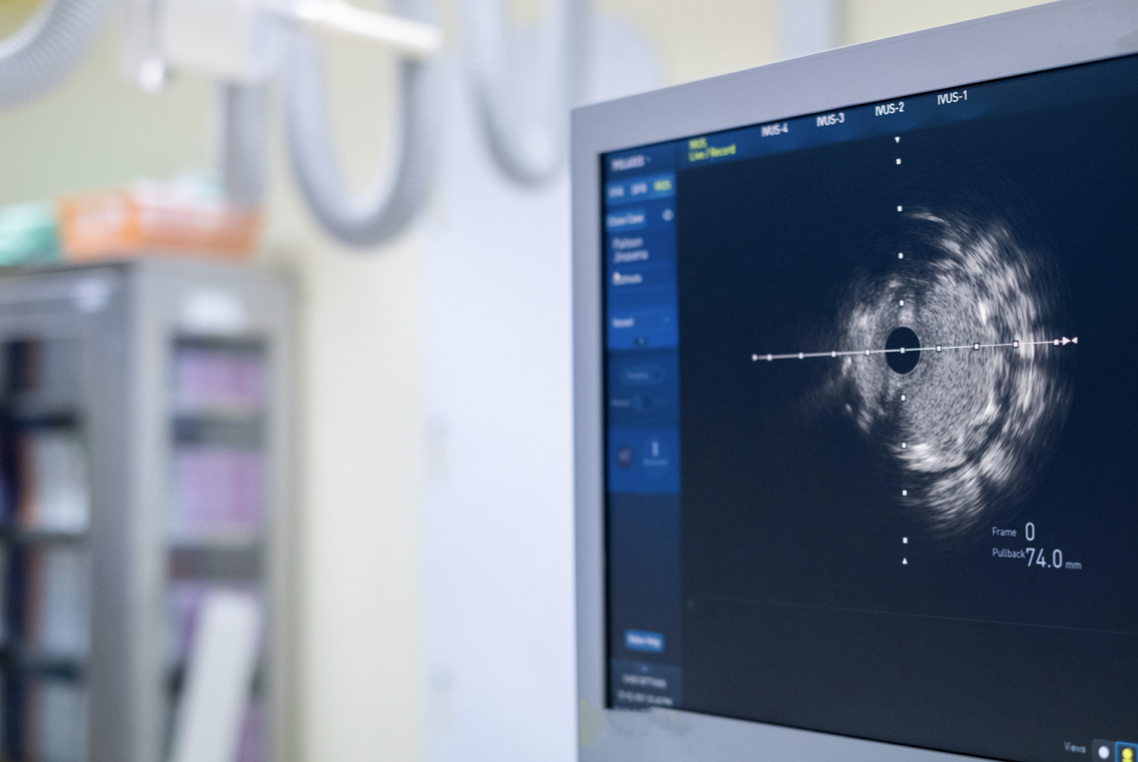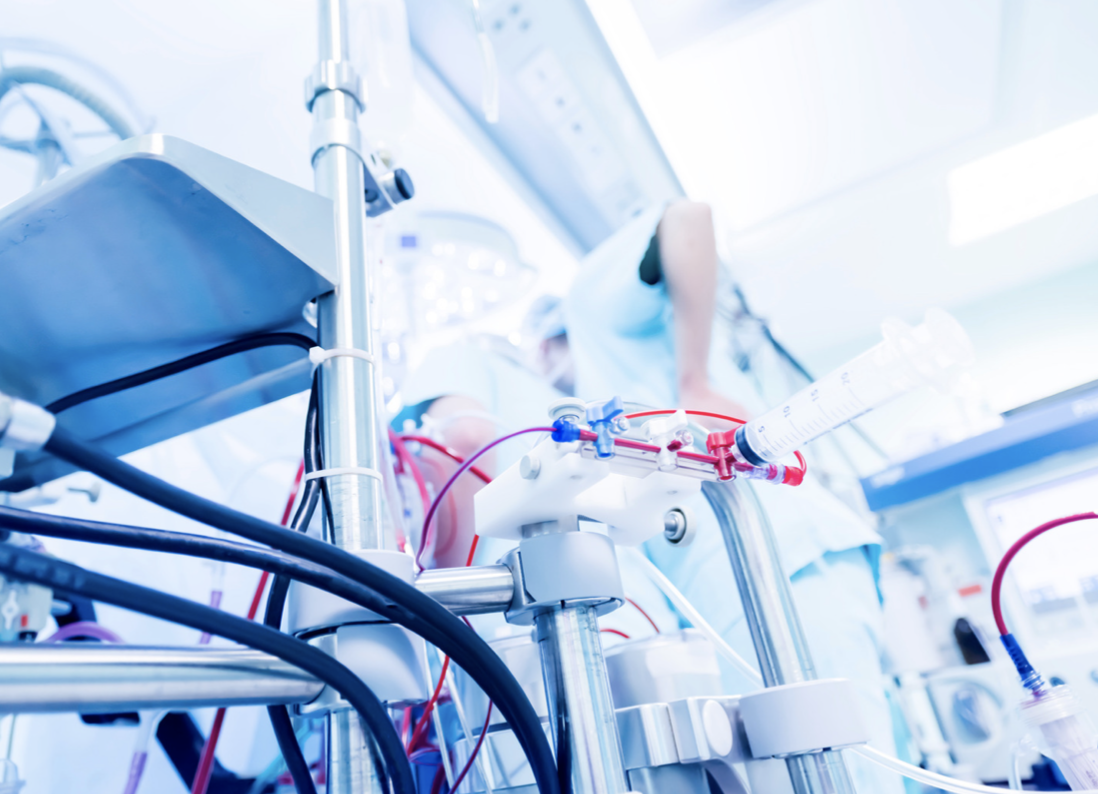The modern medical world is full of advanced techniques for the meticulous exploration and precise management of health problems.
Among these advances, cardiac catheterization stands out as an essential tool in the field of cardiology.
This sophisticated process offers healthcare professionals the unique ability to explore the mysteries of the heart and blood vessels with unrivalled precision, paving the way for more targeted diagnostics and optimized treatments. 🔍
In this article, we delve into the world of cardiac catheterization, examining how it enables us to explore heart structures in depth, make remarkably accurate diagnoses and provide care that can make all the difference.
Let's find out how this medical breakthrough is transforming the way we approach heart conditions, offering hope and precision to those who need it most. 👇
Navigating the complex world of cardiac catheterization
Before diving into the fascinating details of cardiac catheterization, let's take a moment to understand what this innovative medical procedure is all about.
This section will guide you through the basics of cardiac catheterization, from definition to operation, to prepare you for a more in-depth exploration of the essential facets of this advanced technique.
Understanding cardiac catheterization
Cardiac catheterization is an advanced medical procedure that enables cardiologists to observe the anatomy and function of the heart in real time, without the need for invasive surgery. 🫀
This precise, non-invasive technique is like an open window on the inner mysteries of the heart.
The process of cardiac catheterization involves the use of a catheter, a thin flexible tube, which is inserted into the body's blood vessels, usually from the groin.
Along the way, sophisticated imaging technologies such as ultrasound or X-ray imaging guide the catheter with surgical precision. 🌐
Once the catheter reaches the heart, it gives doctors a detailed view of its internal structures, such as the coronary arteries and heart valves.
Imagine a live camera filming the inside of your heart, revealing every beat and blood flow.
This real-time visualization is crucial for diagnosing cardiac problems such as coronary artery disease, valvular anomalies or arterial obstructions. 🔍
When is cardiac catheterization necessary?
Cardiac catheterization is required when heart-related symptoms give cause for concern.
👉 If a person experiences persistent chest pain or a feeling of tightness, this may indicate heart problems such as blockages in the coronary arteries.
👉 Similarly, abnormal shortness of breath, especially during light activity, could suggest cardiac abnormalities requiring catheterization evaluation.
👉 Frequent dizziness or fainting may also be signs of underlying heart problems.
👉 If the heart rhythm is irregular or unusually fast, catheterization can help identify the causes.
👉 If there is a family history of heart disease or risk factors such as diabetes, smoking or hypertension, catheterization is recommended to rule out any potential problems.
In short, when symptoms such as chest pain, shortness of breath, abnormal heart rhythm or fainting occur, cardiac catheterization is necessary to accurately assess the health of the heart.
What diseases can be detected by catheterization?
Cardiac catheterization can identify a number of problems in the heart and blood vessels.
👉 It can detect narrowings in the heart's arteries, preventing heart attacks. 💥
👉 It also allows you to see worries from birth, such as holes between different parts of the heart.
👉 The valves that control blood flow can be tested to see if they work normally.
👉 Cardiac catheterization is also useful for understanding whether the heart is pumping blood properly and for identifying concerns in the vessels of the legs.
In short, this examination method helps find many heart and vascular problems, enabling them to be treated earlier.
Prevention and Post-Procedure Care
Rather than waiting for symptoms to appear, why not take preventive measures now?
Prevention, an essential pillar of heart health, offers clear benefits.
By nourishing your body with a nutrient-rich diet, maintaining a regular routine of physical activity and effectively managing stress, you can minimize the importance of worrying signals.
This preventive approach turns into a solid defense, actively protecting your heart from potential problems. 🛡️
Protecting your heart
It is entirely possible to mitigate the risk of heart problems that could eventually require a catheterization procedure.
Adopting a healthy lifestyle plays a crucial role here, and it's like providing your heart with protective armor.
By choosing a balanced diet, including a variety of fruits, vegetables, whole grains and lean proteins, you provide your heart with the nutrients it needs for vitality.
Combined with a regular exercise routine, this helps to keep the heart in tip-top shape and reduce the risk of arterial blockages. 🥦
Avoiding smoking, this heart-damaging behavior, is a step towards protecting your vital organ.
Just as reducing your alcohol intake will help your heart health.
What's more, proper management of stress, that internal battle, also helps maintain a robust heart in the face of everyday challenges.
Preventive care also means maintaining an open conversation with your GP.
Post-catheterization care
If catheterization is necessary, the care that follows the procedure is crucial to your recovery.
Although non-invasive, the procedure can be stressful both mentally and physically.
After exploration, a recovery phase begins, allowing the body to recover gently.
Doctors prescribe appropriate care to ensure a trouble-free recovery.
Rest days offer the body the opportunity to regenerate, regain vitality and restore balance.
Clear instructions are provided for managing this post-catheterization phase, including indications on activities to avoid, medications to take and signs of complications to watch out for.
At this time, it's essential to provide your heart with an environment of calm and tranquility.
The heart must be allowed to rest, recover and adapt to the changes occurring during the procedure.
Tranquility is the key to allowing the heart to heal smoothly and synchronize with your daily activities. 🌱
Cardiac catheterization is much more than a medical procedure; it represents a direct window into the heart, offering invaluable insights into the diagnosis and treatment of cardiac conditions.
From the initial exploration to the recovery phase, every step is guided by the desire for better heart health.
Cardiac catheterization and the care that follows light the way to a better quality of life and a healthy heart for all.
For more advice, book an appointment at one of our four clinics in Mascouche, Laval, Piedmont and Vaudreuil-Dorion. 🏢







